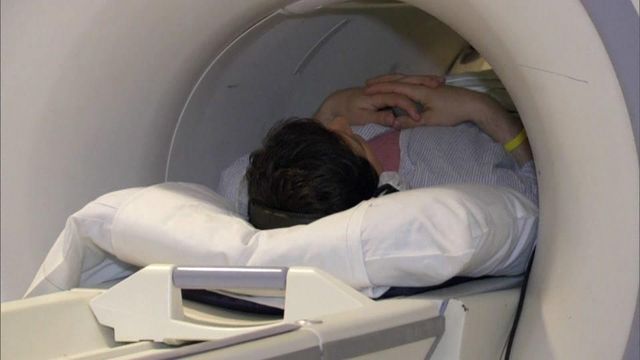Medical imaging tests not always worth the radiation
Improved medical imaging tests give doctors a better look inside patients' bodies and help them make earlier and more accurate diagnoses, but the radiation exposure can sometimes outweigh the benefits of these expensive tests.
Posted — Updated"CT scanning, even though it's on around 10 percent of the studies, accounts for 70 percent of the radiation exposure," said Dr. Rebbecca Smith-Bindman, a professor at the University of California, San Francisco's cancer center.
In a study published in the Journal of the American Medical Association, researchers examined 15 years' worth of data from six large, integrated health care systems across the country.
Researchers found that CT scanning went from 50 scans per 1,000 people to 150. MRI scans went from under 20 per 1,000 people to 65.
The amount of imaging varied among different health care plans.
"One plan, maybe, they will have gotten seven angiographic studies in 1,000 patients," Smith-Bindman said. "In another place, there would have been 78 studies."
Radiation levels varied widely among different types of tests.
"There's a smaller group of patients who's really getting the bulk of the testing and the exposure. That's why over 10 percent of patients who receive any imaging receive high or very high radiation exposure," Smith-Bindman said.
Advanced imaging accounts for 35 percent of all tests, and X-rays 65 percent.
Researchers said more work is needed to standardize these imaging tests and to reduce the radiation doses necessary for routine work. Patients should ask whether imaging tests are really necessary and what the radiation doses are.
Copyright 2024 JAMA. All rights reserved.





